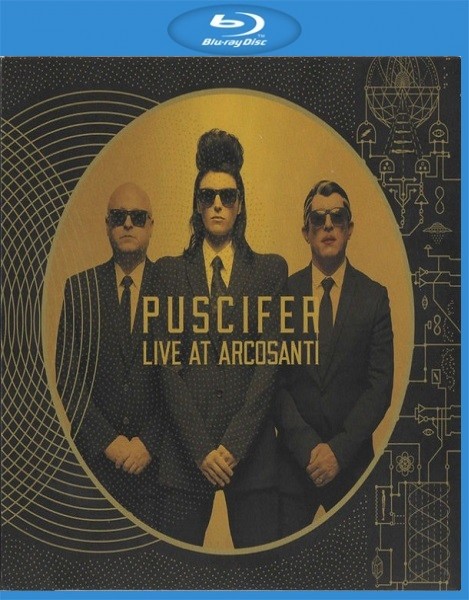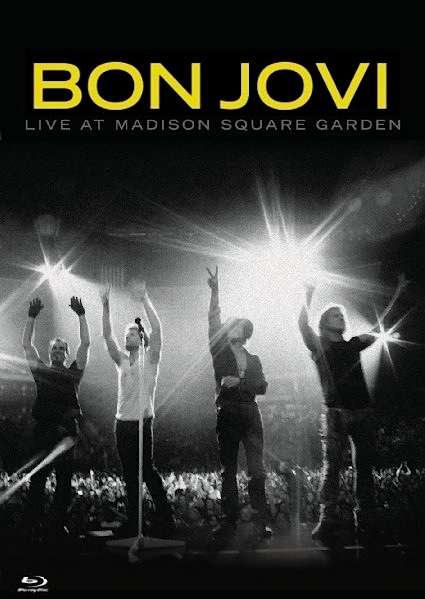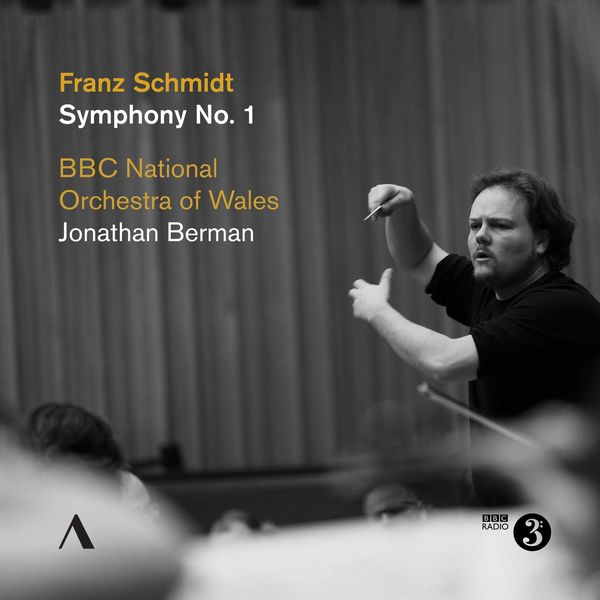
The BBC National Orchestra of Wales & Jonathan Berman – Schmidt: Symphony No. 1 in E Major (2021)
FLAC (tracks) 24 bit/96 kHz | Time – 46:50 minutes | 795 MB | Genre: Classical
Studio Masters, Official Digital Download | Front Cover | © Accentus Music
In conversations about Franz Schmidt the recurring theme emerging for many is that listening to a performance of his music at a young age became the turning point in their lives – the realisation of how powerful music can be.
Read more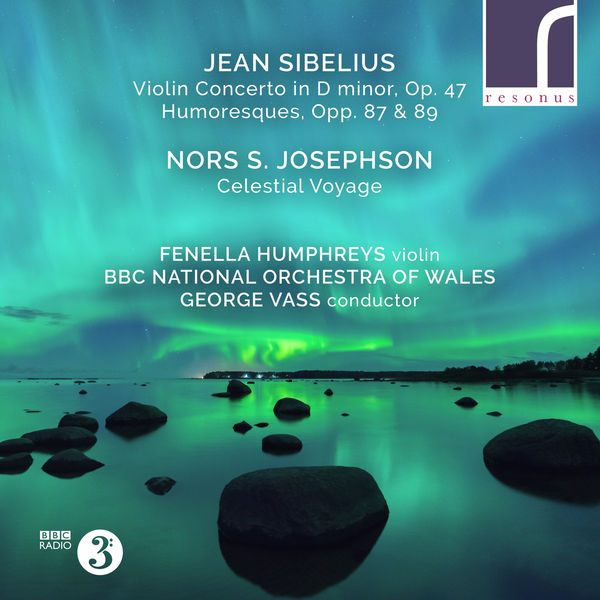
Fenella Humphreys, George Vass & The BBC National Orchestra of Wales – Sibelius: Violin Concerto & Humoresques (2021)
FLAC (tracks) 24 bit/96 kHz | Time – 01:03:32 minutes | 1,07 GB | Genre: Classical
Studio Masters, Official Digital Download | Front Cover | © Resonus Classics
Already hailed as his country’s foremost composer, Sibelius completed what was to be his only concerto in early 1904, and its spellbinding and instantly recognisable opening can surely be counted amongst the most iconic of any. A virtuosic violinist himself, Sibelius beautifully evokes Finland’s natural landscape and ancient folklore, which continues through Sibelius’s 1917 work for violin and orchestra – the Six Humoresques – demanding a considerable level of technique. Violinist Fenella Humphreys joins with the BBC National Orchestra of Wales and conductor George Vass to present these formidable works with a world premiere recording of a new work for violin and orchestra by the American composer Nors S. Josephson – Celestial Voyage.
Read more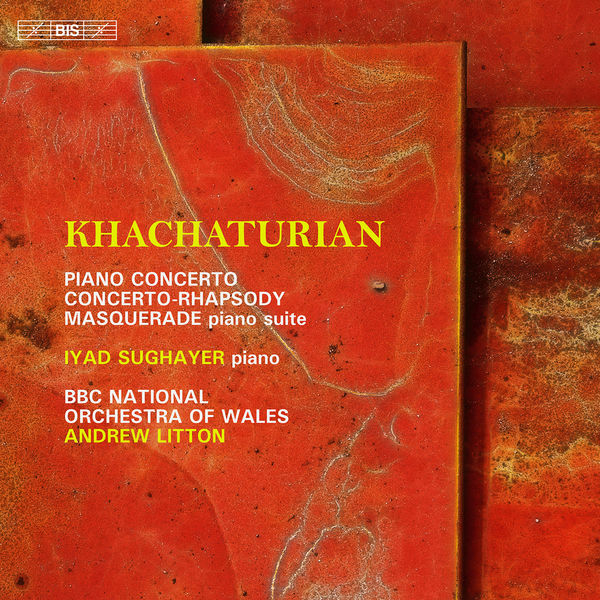
Iyad Sughayer, The BBC National Orchestra of Wales & Andrew Litton – Khachaturian: The Concertante Works for Piano (2022)
FLAC (tracks) 24 bit/192 kHz | Time – 01:15:15 minutes | 2,29 GB | Genre: Classical
Studio Masters, Official Digital Download | Front Cover | © BIS
The expressive immediacy of Aram Khachaturian’s music, with its sensuous melodic writing, vibrant orchestration and rhythmic drive, resulted in a popularity equalled by few composers of his generation. Composed in 1936, the Piano Concerto was the work that established Khachaturian’s name. Cast in the customary three movements, it is scored for a sizable orchestra, with notable contributions from both side-drum and military drum in the percussion section. In the second movement there is also an extensive solo for a so-called ‘flexatone’; it is often put forward that Khachaturian in fact intended the part to be played on the musical saw, as it is on the present recording. Thirty years after the Concerto, the composer returned to the genre with his Concerto-Rhapsody for piano and orchestra. This time the score offers prominent roles for the xylophone, marimba and vibraphone, which contribute towards making this one of the composer’s most colourful works.
Read more


